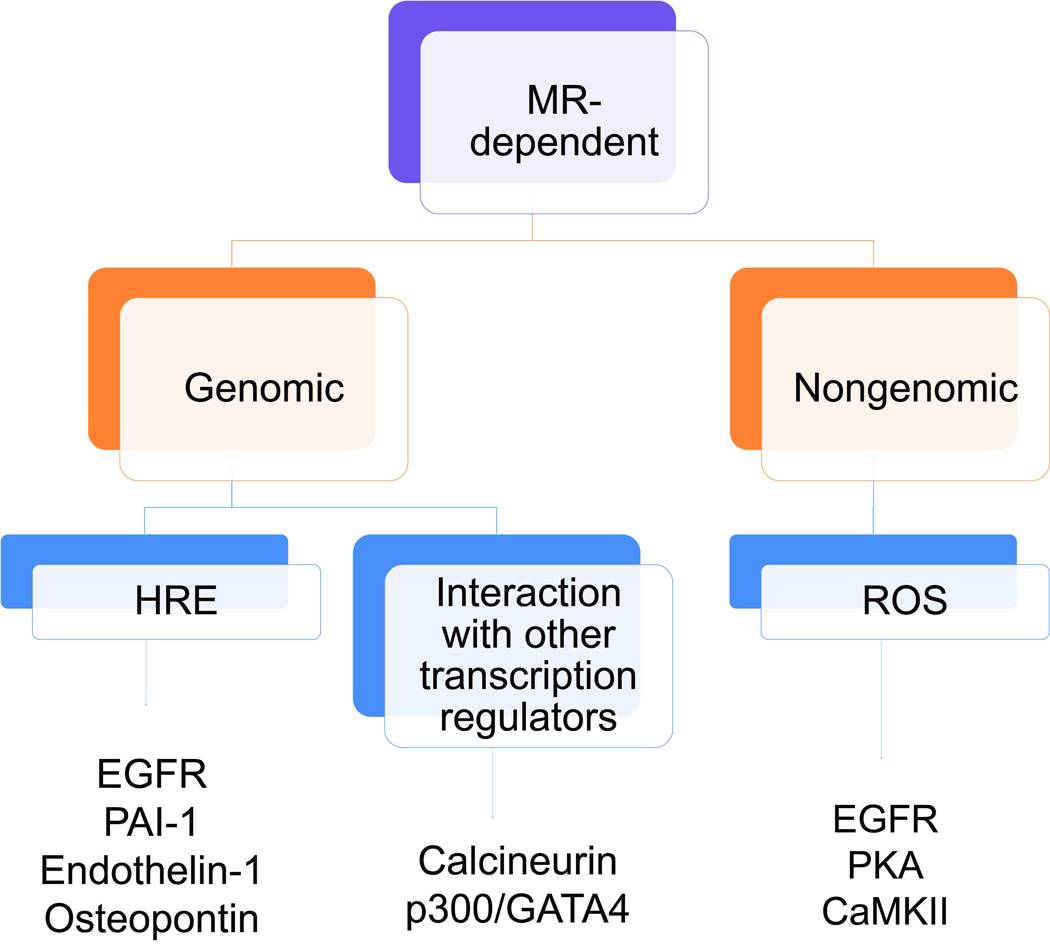Figure 3. Schematic of the genomic and nongenomic actions of MR activation.

MR activation may lead to either genomic or nongenomic mechanisms of action. Genomic actions of MR may be further subdivided into binding to hormone response elements (HREs) in the promoter regions of target genes or to other transcription regulators. Shown here is subset of recently identified HRE-dependent genomic targets of MR: epidermal growth factor receptor (EGFR), plasminogen activator inhibitor-1 (PAI-1), endothelin-1, and osteopontin. Activated MR can associate with the transcription factor complex p300/GATA4 to drive upregulation of atrial natriuretic peptide [24]. Recent evidence shows that activated MR can also interact with calcineurin to promote its nuclear translocation and activation of the transcription factor nuclear factor of activated T cells [29]. Finally, highlighted here under nongenomic actions of MR is ROS production. Examples of ROS dependent signaling molecules that have been recently identified to be responsive to MR-generated ROS include EGFR, PKA, and CaMKII.
